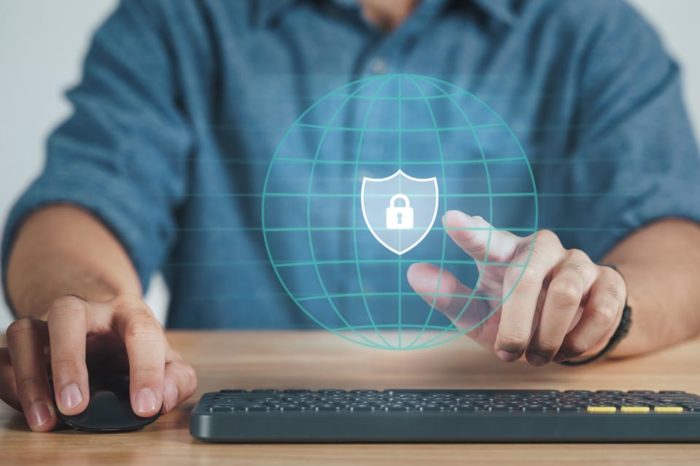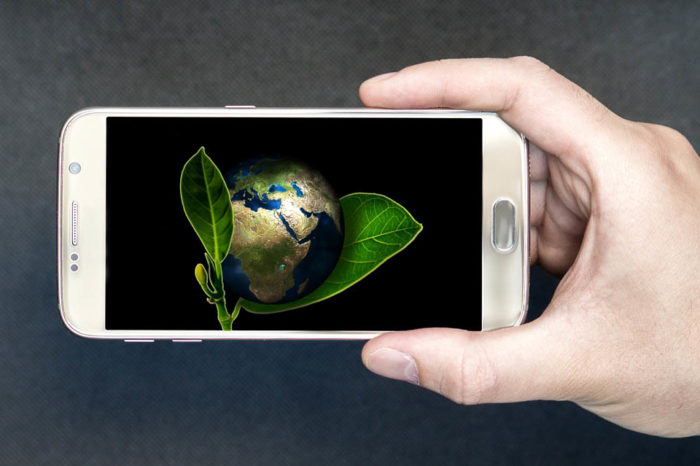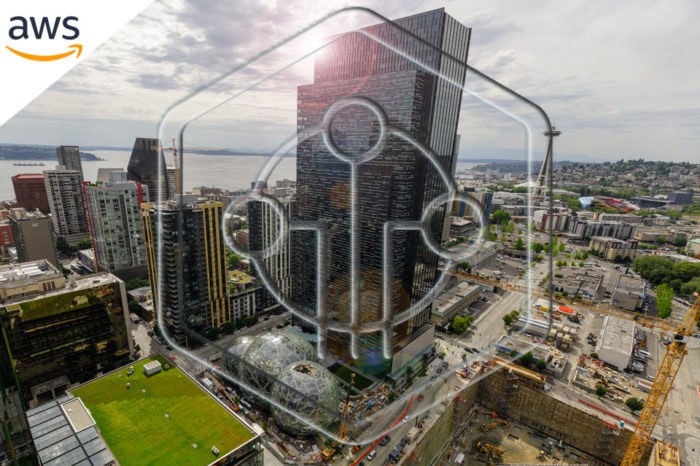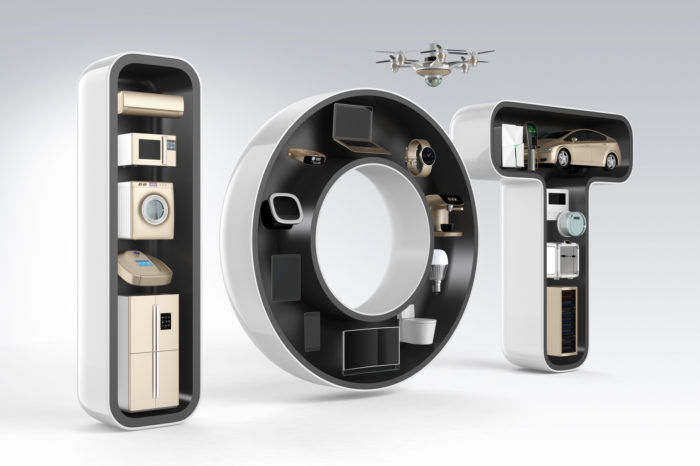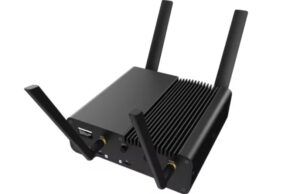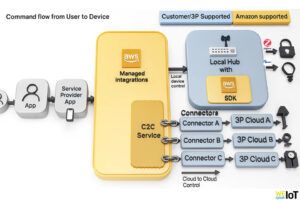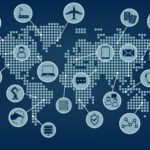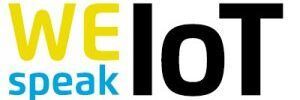What is this „Internet of Things“ everybody is talking about?
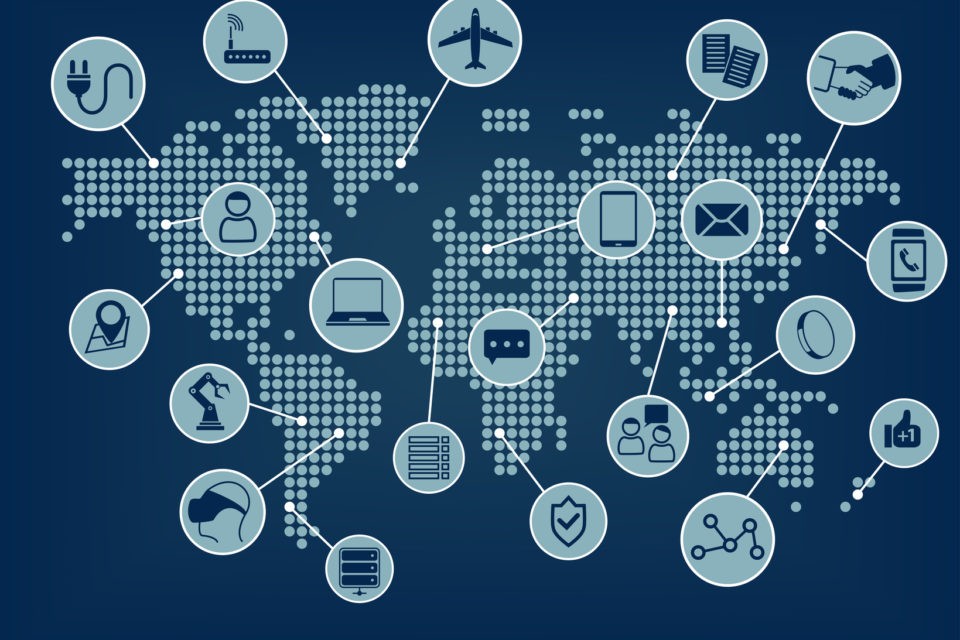
The Internet of Things, short “IoT”, will revolutionise the way we live and work. The Internet of Things will assist us in our everyday tasks. The Internet of Things can help protect the environment. The Internet of Things will help us to predict the future. The Internet of Things seems to be everywhere these days. But what IS this Internet of Things? What are we talking about, when we talk about IoT?
By definition, the term “Internet of Things” describes any kind of device that has been given the ability to transfer or receive data into and from a network with other connected devices. In other words: devices that can communicate and interact within a large network with each other. All of it without direct human interaction.
Let’s break it down to a simple example: A coffee machine detects coffee beans in its reservoir are running low. What does it do normally? It beeps and displays “refill coffee reservoir”. Unfortunately in most cases this happens only when it’s too late and the thing is already empty. You were just about to go in to a meeting and just wanted to grab a fresh coffee quickly beforehand? Tough luck! “Damn. Why now, why me??” – Sound familiar? It could be worse: What if nobody in the office thought to replenish the stock of coffee beans? Allow this to happen on a Monday morning, and you have the recipe for a small office revolt.
Wherever data is collected, it can be used to optimize our environment.
This is where the Internet of Things starts doing its magic: The sensor that tells the coffee machine about the amount of available beans is already there. So how about connecting it with a gadget that collects this data and informs the right person before the coffee machine actually runs out of beans? That would at least minimize the potential for a nasty surprise.
And more is possible: It could also contact a device in the storage room that keeps track of the available coffee in stock. If stocks are running low, an automatic order could be placed online to ensure beans are available.
More data could be included: How many coffees have been consumed in the past 5 days? This in connection with information regarding the number of meetings, the staff present, upcoming weekends or holidays etc. would make it possible to forecast coffee delivery requirements, milk, water or even an upcoming servicing downtime. By the way: nobody needs to call the service people anymore, the coffee machine does it before it’s too late, and there is still always coffee available on a Monday morning!
(Source: IBM Think Academy, Youtube)
The coffee machine is just one very small example of the huge possibilities within the Internet of Things. Wherever data is collected, it can be used to optimize our environment.
The challenges involved in the Internet of Things are; how we use all the collected data in the most efficient way: How do we measure, how do we transmit, how we store, how we analyse, how do we adjust. Short: How do we make the most out of this opportunity. Sometimes we might feel like IoT is overengineering things, yet that is mainly the case when too much effort is required. With simple methods are stuck to, then IoT can bring value.


